Here’s a glimpse of what the fitness tests for the riders were like at the Loughborough Sport, housed in Loughborough University, United Kingdom.

Fitness Test at Loughborough | Photo credits: Yamaha
Prior to the start of the 2020 season, Yamaha’s four World Superbike Championship riders headed to Loughborough Sport for a series of fitness tests in order to assess their readiness to manage the challenging physical demands of the new WorldSBK season.
Pata Yamaha’s two riders, Michael van der Mark and Philip Island race-winner Toprak Razgatlıoğlu, joined GRT Yamaha WorldSBK Junior Team’s duo, Federico Caricasulo and Garrett Gerloff, to take part in a series of tests during the day. The test was widely similar to those conducted across other high-demanding sports. This includes physiology tests, strength and conditioning, and physiotherapy screening.
The tests can help determine the correlation between physical fitness and rider performance. The results allow riders to receive tailored training routines to maximise their on-track results. Sports nutritionists will also be able to advise them on the best foods and hydration methods during a typical race weekend.
Rhona Pearce, Sports Science Manager at Loughborough Sport Performance Centre, took the time to explain the aims of her team. “While we have done a lot of physiology tests with riders over the past 10 to 15 years, our strength & conditioning and physio teams have done less, and this is the first year we have looked to join all our services together to support motorcycle racers.
“So, we are continually looking at how we can improve this support. We are also getting feedback from the Yamaha team on the testing. The reports have been really useful in helping us to progress what we do to better support the team.”

Photo credits; Yamaha
In the physiology lab, the riders did a standard set of cycling physiology tests measuring VO2max, maximal aerobic power output, and lactate thresholds.
This can sometimes directly correlate with performance in sports like cycling. This is less directly relevant in motorcycle racing. However, Loughborough Sport has found after testing almost 100 riders that generally better race fitness is produced by those riders with a higher VO2max.
The team used strength and capacity tests to determine upper and lower body strength, as well as core fitness, using techniques such as the one-rep max to see the riders’ maximum force output.
Physiotherapy screening began with analysing the riders’ medical history and at what factors may affect performance. This includes any physical injury from a fall or any current or previous health conditions.

Photo credits: Yamaha
The riders finished the day with a serious challenge. It consisted of 45 minutes of cycling in full race leathers, helmet and gloves in a climate-controlled heat chamber. This was to measure how their physiology, natural hydration levels and durability differ by racing in hot environments.
These results are important in order to understand how to stay appropriately hydrated. This is vital during a race event in somewhere like Thailand or even southern Europe in mid-summer.
Pearce explained what her team found from the results of these tests. “There was quite a variation between the four riders we tested. All of them had comparable results in at least one area with good athletes from other sports. In the main, the most comparable was the strength tests.
“We have had some riders in the lab with excellent physiology test results, up there with national-level runners and cyclists. But the strength element is probably more closely related to performance for motorcycle racing.”
Motorcycle racing has very unique demands when compared to other sports. Riders have to withstand continuous stress on their whole bodies for more than 30 minutes during races. The riders did show impressive muscle endurance. Pearce also noted their motivation to push through discomfort during the exercises.

Photo credits: Yamaha

Photo credits: Yamaha


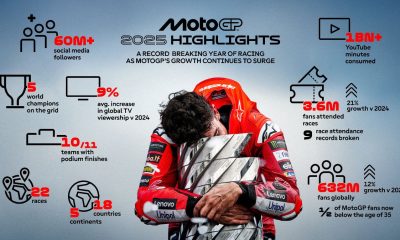

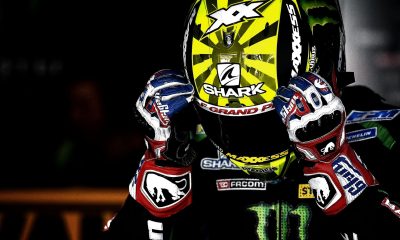

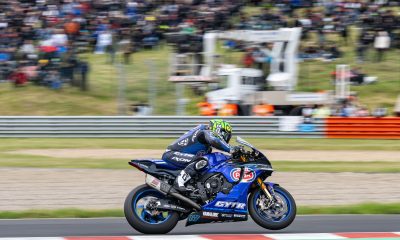

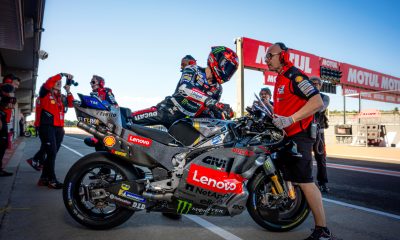

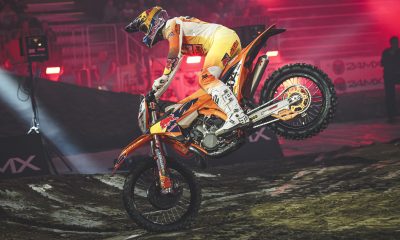
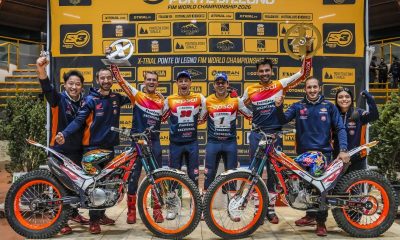
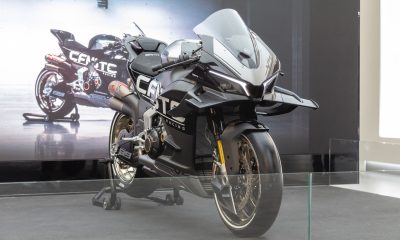













Facebook
Instagram
X (Twitter)
YouTube
LinkedIn
RSS